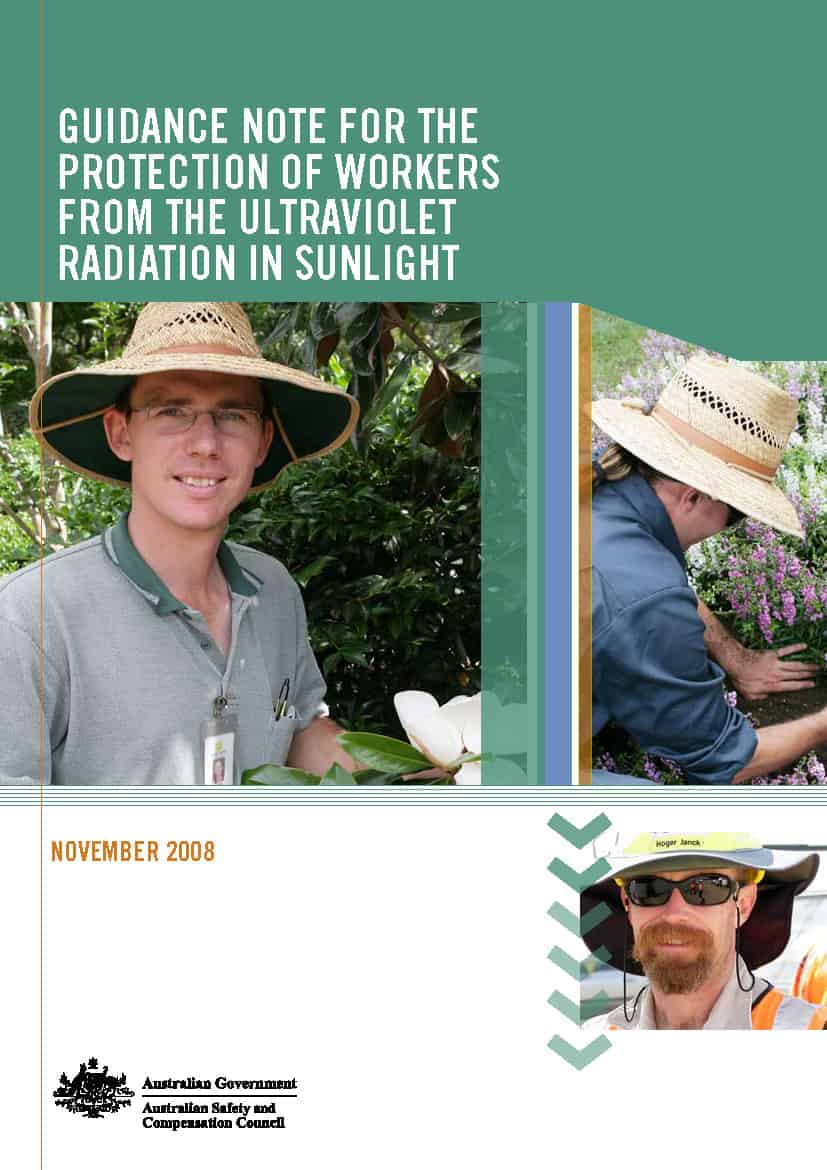Swine flu cases have begun appearing in Australia and not just in people who have travelled to infected zones overseas. Talkback radio has begun discussing the wisdom of basic infection control issues such as isolation, hygiene and the use of facemasks.
Many large companies have started to provide antibacterial soaps and lotions in the office bathrooms and toilets but few have begun to issue guidelines on staff leave. However as the flu season grows in Australia, it is expected that the tolerance to sniffles by workmates will diminish. SafetyAtWorkBlog has already written about how swine flu will change the culture of workplaces.
The media has plenty of photos of people in infected zones wearing surgical masks or P2 and N95 masks. This indicates that non-health workers do not appreciate the role of facemasks. According to authorities in Japan, where the the wearing of masks during infection peaks and outbreaks is a very common practice, masks are best worn by those who are infected to minimise droplets and spray rather than for healthy people to stop the chance of inhalation.
The government is recommending people use masks as a way of reducing the spread of infection via droplets from coughs and sneezes, but puts the onus on those who are already infected.
“If you start to cough or sneeze, please use a mask,” reads an advice section on the Health Ministry’s website. “If someone in your family or at your workplace is coughing without a mask on, please urge them to wear one.”
An official at the ministry emphasised the government was only recommending those with symptoms wear masks.
“Unless you are in a very crowded place, masks are not going to help much with prevention,” he said. “We are not saying that people should always wear a mask when you go out, although it might help to wear one on a rush-hour train.”
“We are certainly not saying that you’ll be safe if you just put on a mask.”
If the situation worsens to the extent that Australians need to wear PPE as a barrier to infection, the government needs to begin a campaign of not only educating the community on influenza risks but on basic matters like how to wear a mask and how to safely dispose of them.
Although Japanese authorities are quoted above, you are urged to seek local advice for your specific circumstances.


